

Ben Zachariah
CarExpert's top five EV reviews of 2025
14 Hours Ago
Kia has made a good thing even better with the updated Seltos via meaningful tech additions and engineering developments.
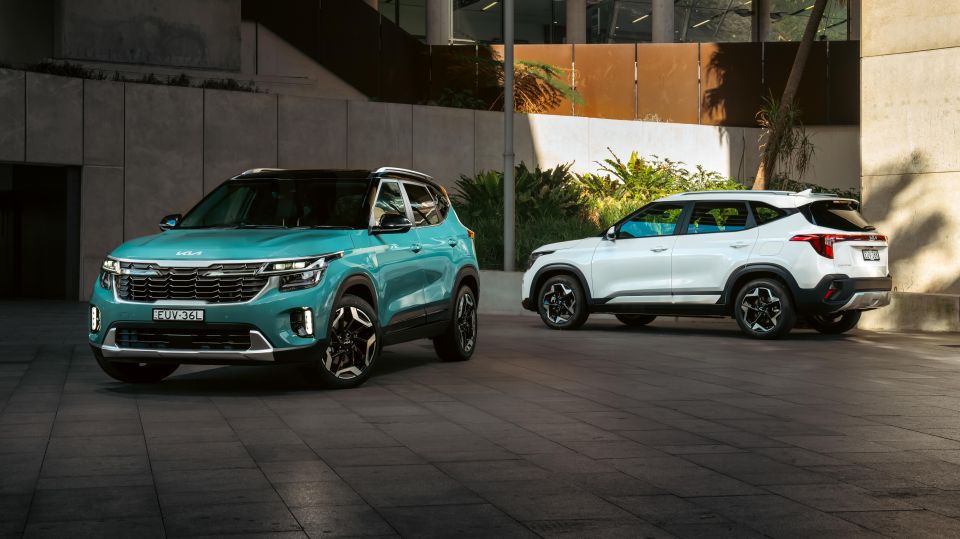
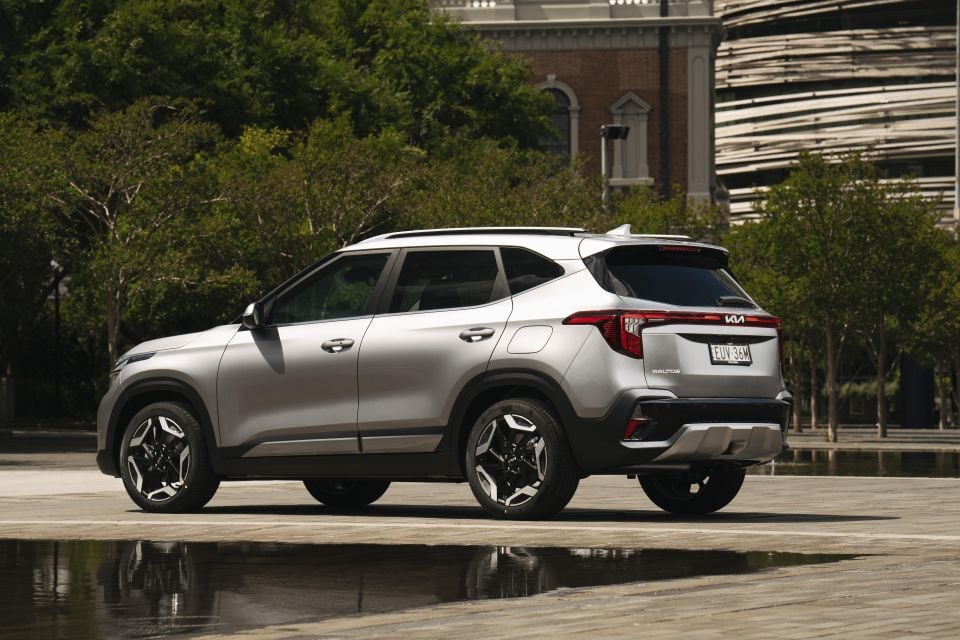

Quickly see how this car stacks up against its competition. Select any benchmark to see more details.
Where expert car reviews meet expert car buying – CarExpert gives you trusted advice, personalised service and real savings on your next new car.
The Kia Seltos has quickly risen to fame as one of the most sought-after small SUVs in the Australian market.
While it’s not setting the sales charts on fire due to constrained supply from Korea, the Seltos has cemented itself as a favourite amongst the punters as well as journalists. It’s no wonder people are willing to wait 12-18 months or longer for one.
But, it’s just a small Kia SUV… what’s so great about it? Well, the Seltos packs big car space and high-end tech from the Hyundai-Kia Group in an affordable, city-friendly package. And now, it’s just received a substantial mid-life update.
There’s more tech and more features across the range, largely based on consumer feedback, as well as an upgraded drivetrain for all-wheel drive (AWD) models – which get more power and a smoother eight-speed auto.
Kia Australia is forecasting an allocation of just 10,000 vehicles for 2023, so should you be lining up for one?

Prices are up nominally across the range, with high-spec models subject to the biggest markups of around $2900.
The range now starts at $29,500 plus on-road costs or $31,690 drive-away for the entry-level S, climbing to $44,900 or $47,690 drive-away for the flagship GT-Line AWD. Drive-away prices are current as of launch, and could change over time.
New to the range is the availability of the 2.0 MPi FWD drivetrain across all variants – including the top-spec GT-Line. Kia Australia said strong customer response to the pre-facelift GT-Line Limited Edition led it to bringing the trim and powertrain combination full-time as part of the updated line-up.
Despite the increases, the Seltos’s wide spread of variants and price brackets makes it very competitive against a range of light and small SUVs.
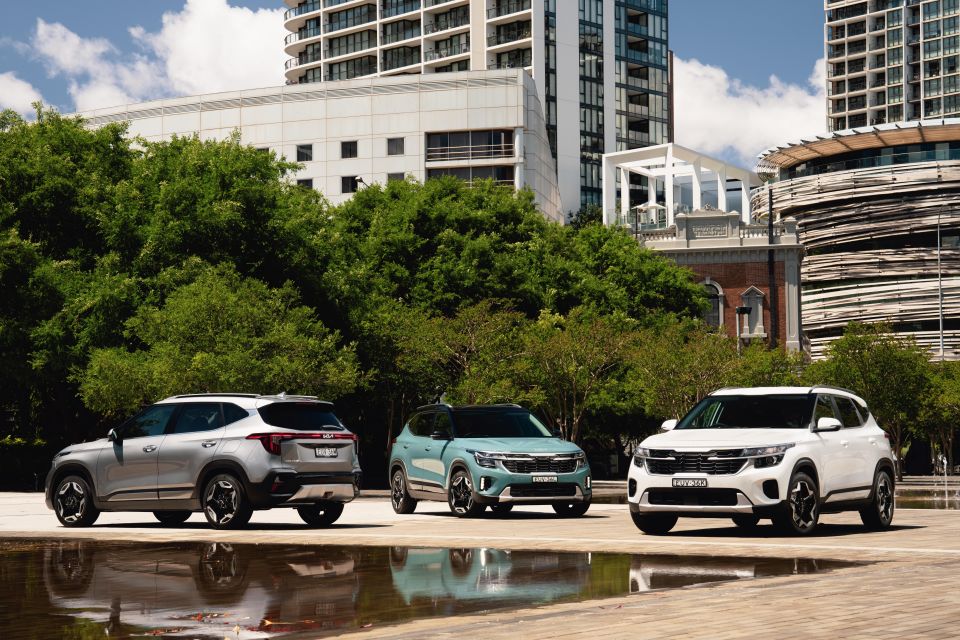
2023 Kia Seltos pricing:
Prices are before on-road costs
Kia is also advertising nationwide drive-away pricing:
MORE: 2023 Kia Seltos price and specs
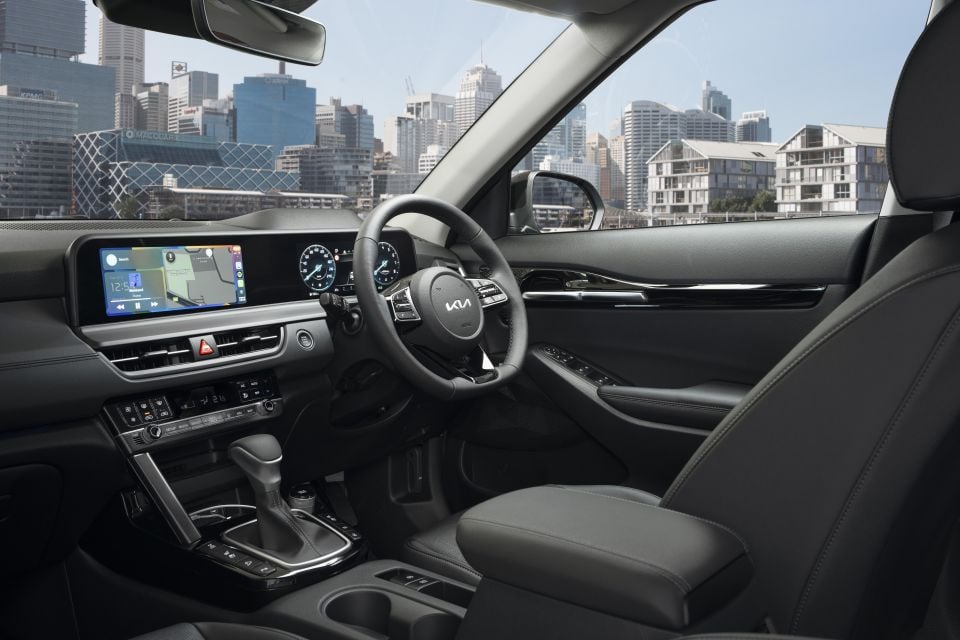
Buy your new car without the stress. It's fast, simple and completely free.

Great service from Travis and team, second time I have used this business would not hesitate to recommend them to anyone
Craig C.
Purchased a Ford Ranger in Sunshine Coast, QLD
CarExpert helped Craig save thousands on his Ford Ranger, now let us save you on your next new car.
Find a dealBeing a mid-life facelift, the interior of the Seltos hasn’t been overhauled, but the refinements are fairly significant.
Sport variants and up get a swish new all-digital cockpit incorporating dual 10.25-inch displays for the instrument cluster and touchscreen infotainment display. It’s basically been taken out of the Niro eco-crossover – Seltos S models get an 8.0-inch touchscreen sans navigation, and a ‘Basic’ digital instrument cluster with a 4.2-inch LCD supervision display.
It’s familiar Hyundai-Kia fare in terms of the skin and interface, mirroring what’s available elsewhere in the range. The displays themselves are high resolution, offer snappy loading times, and smooth, fluid animations.
GT-Line variants also get a colour head-up display via pop-up polariser, which while not as high-tech or integrated as a windscreen-projected unit places key information like speed, navigation prompts and assistance functions in the driver’s line of sight – it’s a shame this isn’t offered further down in the range.

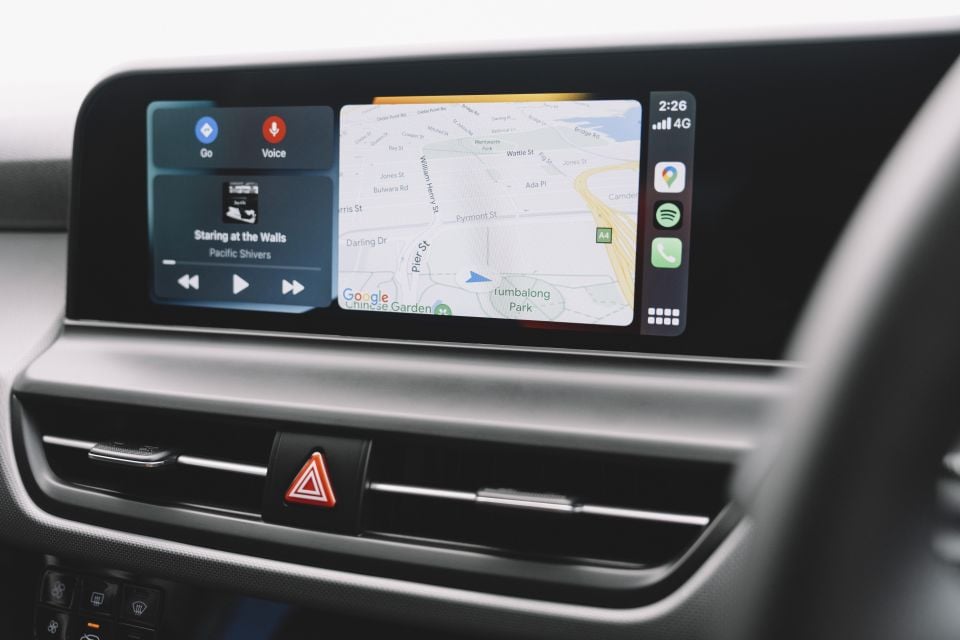
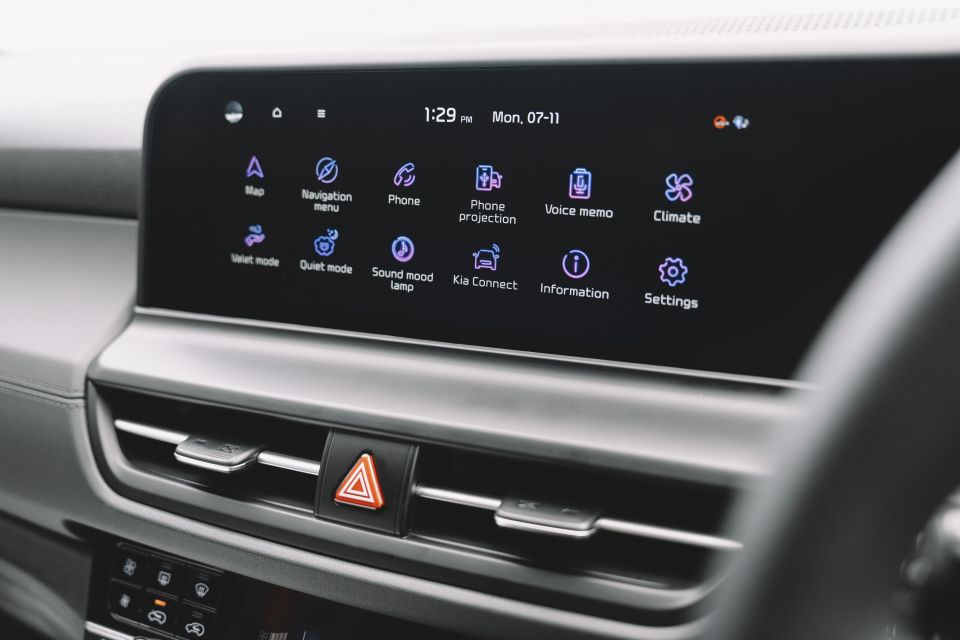
What distinguishes the Seltos from most current Kia models is that it comes standard with Kia Connect online services for models with this digital cockpit i.e. Seltos Sport and up. It means you get connected navigation, a net-based voice assistant, and app-based remote functions – you can read all about it here.
Kia Connect is free for seven years, meaning owning the Seltos during the warranty period doesn’t come with any added costs or subscriptions to access the full technology suite. By comparison, Toyota has just launched the Corolla Cross with just one year of Toyota Connected Services, with ongoing monthly fees of up to $20 per month thereafter.
If you’re not using the native system, there’s Apple CarPlay and Android Auto, though still wired on the 10.25-inch infotainment unit with satellite navigation. It feels contradictory to tout the high-tech connected services and feature suite, but still need to wire in your phone rendering the wireless phone charger available in higher-spec models redundant.
Otherwise, it’s the same as we’ve said previously for other Kia models. It’s one of the more user-friendly systems to use and it offers a nice catalogue of functionality.
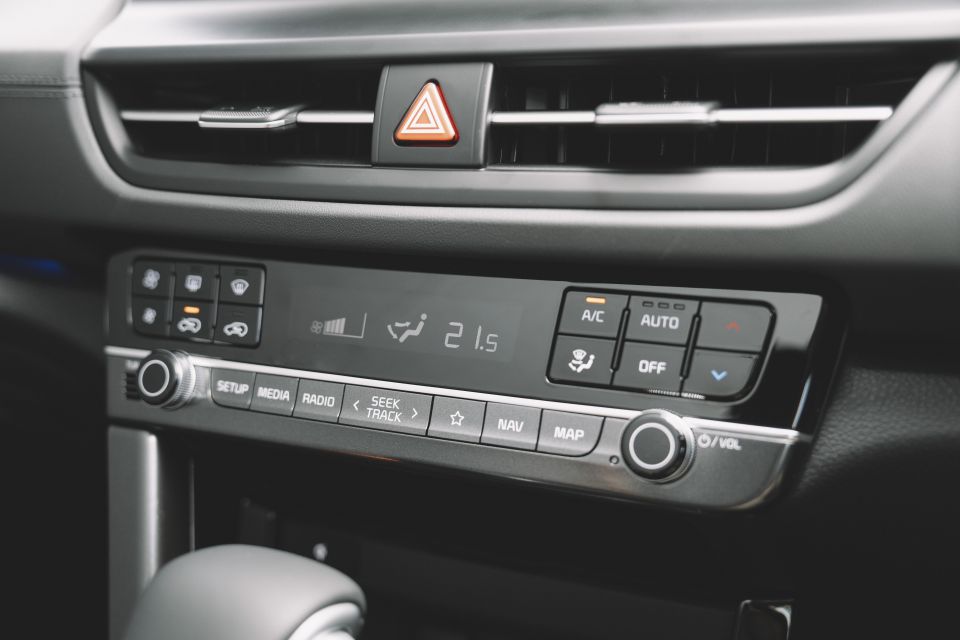
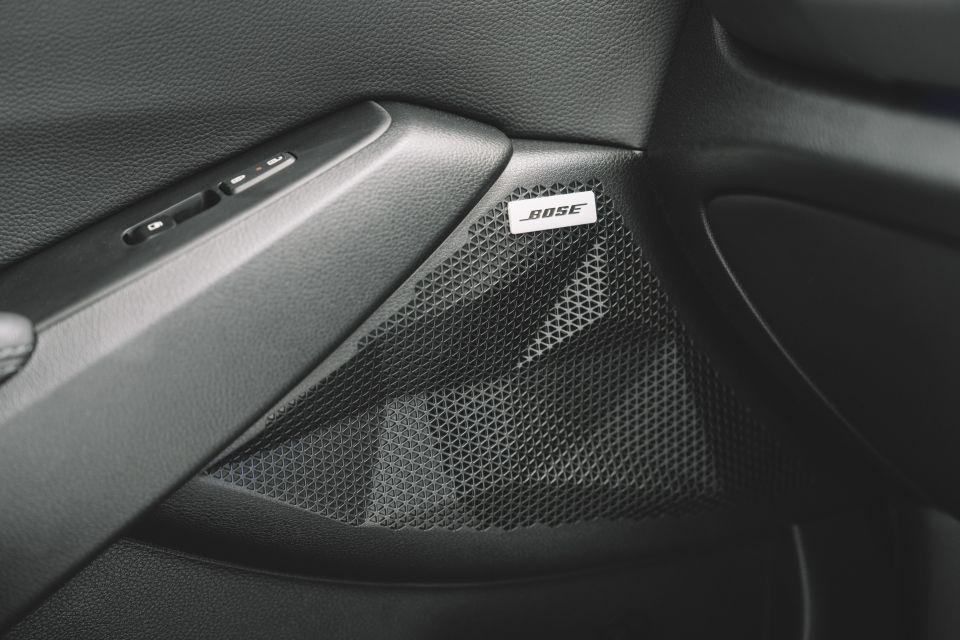
Below the screens is a revised climate control pod, which features more physical buttons and also is where the relocated hard controls for the infotainment system are now placed. Some may find the placement of the infotainment controls low down less intuitive than having them on either side of the screen, but that’s down to personal preference.
The Seltos retains its practical shelves and cubbies to store things; including a shelf for your phone which doubles up as a wireless phone charger in GT-Line models, another cubby under that large enough to swallow wallets and keys, as well as a centre console with cupholders and a slot for the vehicle key, or McDonald’s chips (as demonstrated on my Instagram Stories).
Material quality remains a bit of a drawback compared to benchmarks in the segment, with the interior being almost exclusively hard, scratchy plastics that make even a Cerato feel luxurious, but Kia’s typical solid build quality otherwise remains.
Opting for the GT-Line also brings an eight-speaker Bose premium audio system. We didn’t get a chance to test it at launch, but in previous reviews of the Seltos GT-Line we’ve described it as “pretty good, without too much distortion or unpleasant vibrations during bass-heavy tunes”.
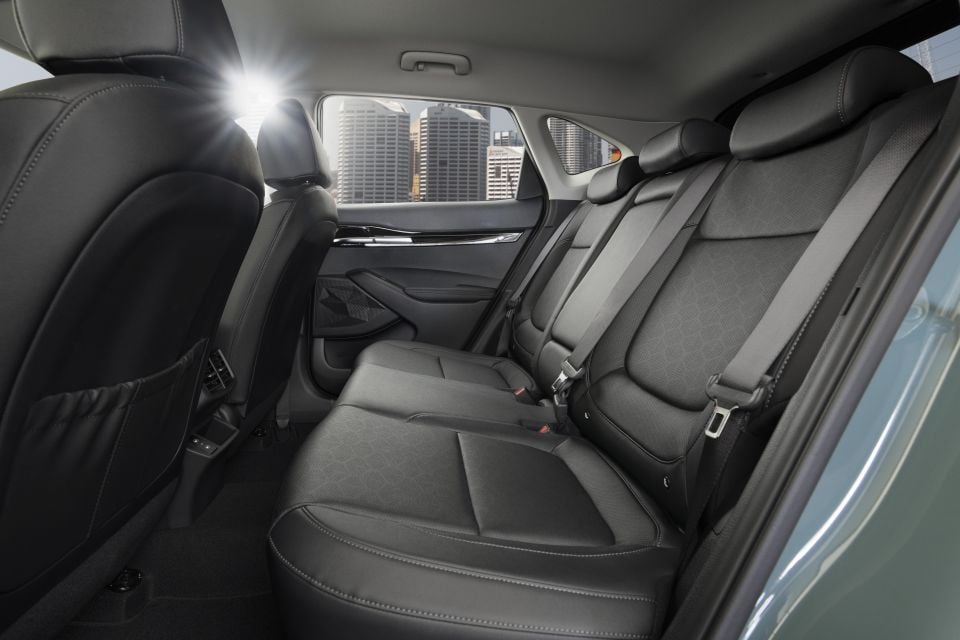
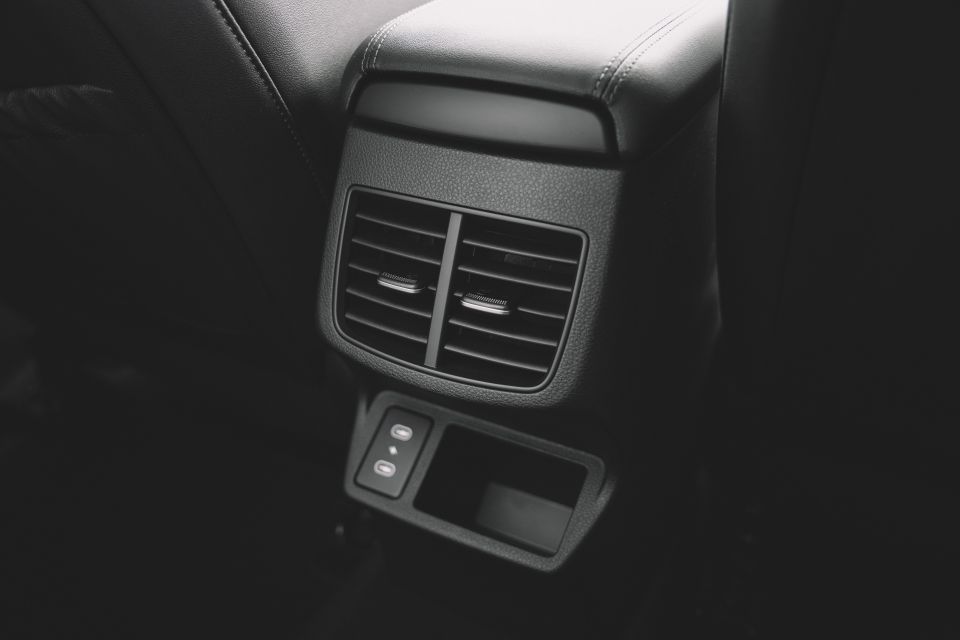
The second row is where the Seltos is one of the class leaders, offering segment-busting passenger space that goes as far to make it competitive against class-up alternatives like the Mazda CX-5.
New for 2023 are standard rear air vents across the range, previously reserved for the GT-Line, as well as USB-C charging points at the rear of the centre console. Props to Kia for finally rolling this out across the line-up.
At a touch over 6’1 I can sit comfortably behind my own long-legged driving position, with above average head and knee room. There’s also plenty of glasshouse so your kids won’t get car sick, and the rear bench is nice and wide so you can squeeze three abreast for short journeys if you need to.
ISOFIX and top-tether points feature in the rear, as well as a map pocket behind the front passenger seat. Sport+ and GT-Line grades get a fold-down centre armrest with cupholders, and there are also bottle holders in the rear doors of all grades.
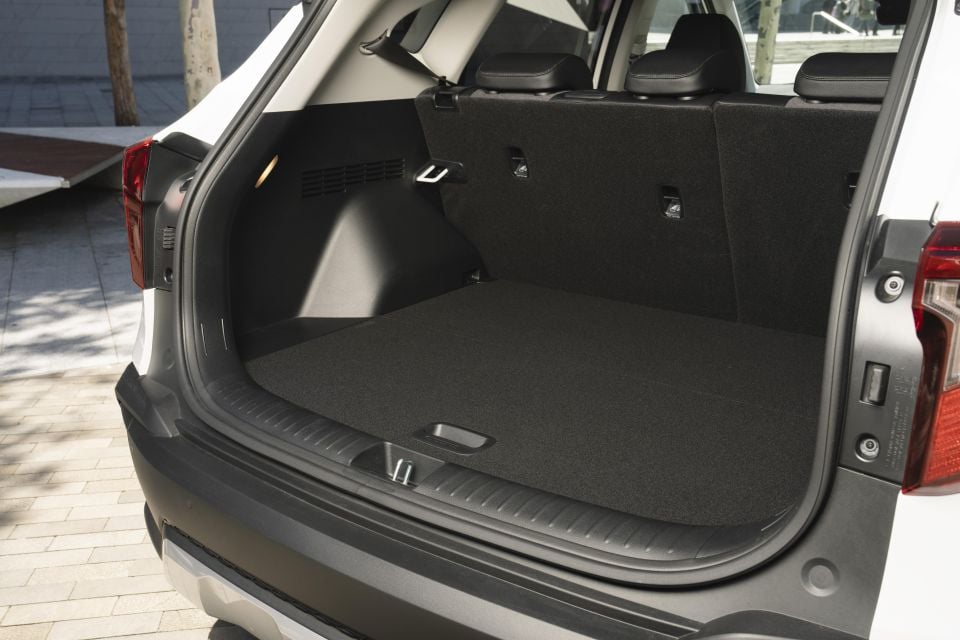
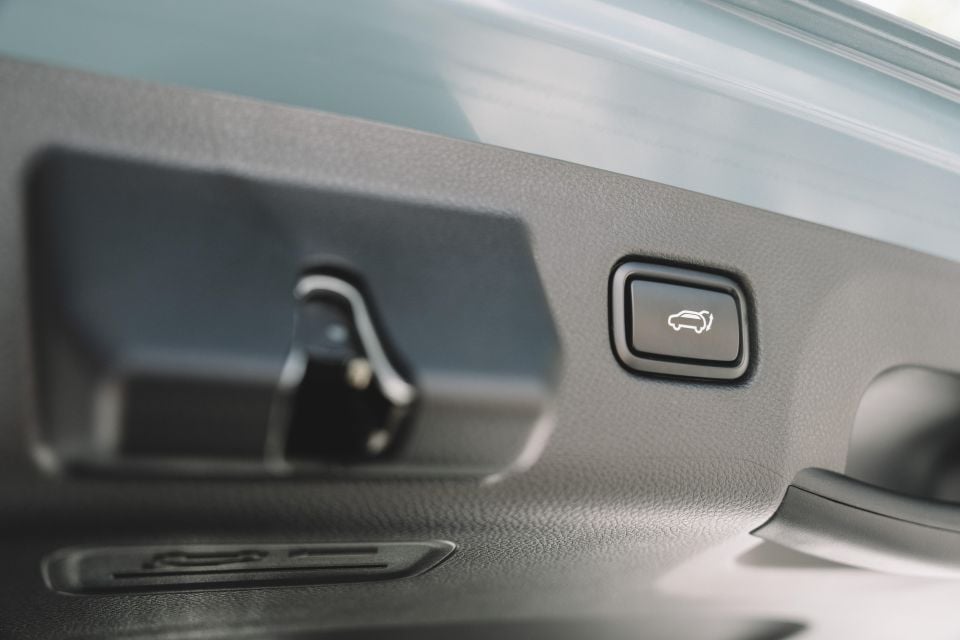

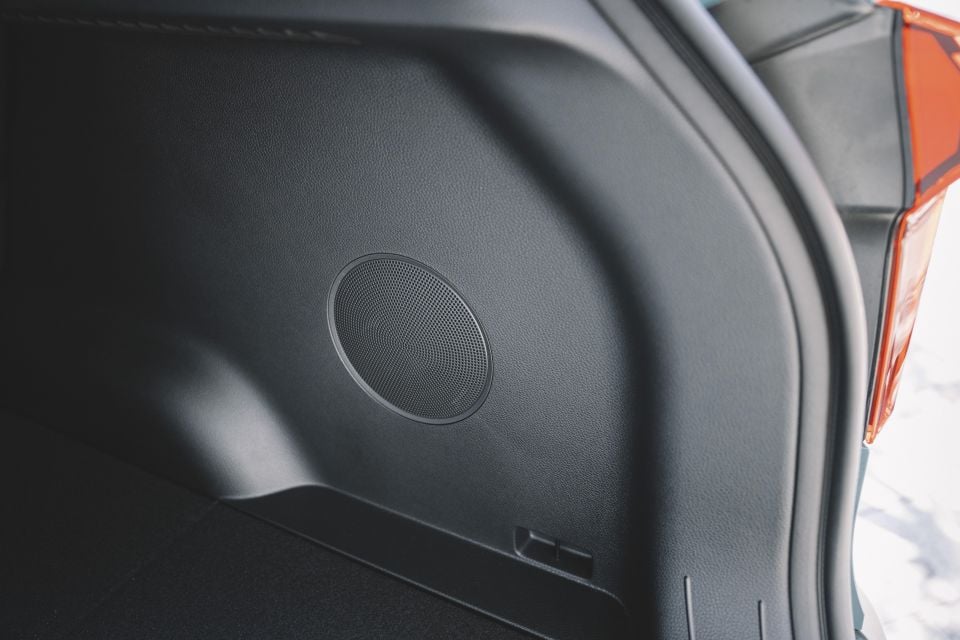
Behind the segment-leading rear seats is one of the biggest boots in the class.
All models bar the entry-level S – which feature a full-size spare – get 433 litres of volume with the rear seats in play, while the base model with its space-saver spare gets 468L. That’s about as much as a Mazda CX-5 (442 litres).
Fold the rear seats down and that figure expands to 1428 litres in the Seltos S, and 1393 litres for everything else. The new Nissan Qashqai bests it with the seats down (1524-1513L), but offers less capacity in five-seat configuration.
As mentioned above, the Seltos S gets a space-saver spare under the boot floor, while all other variants get a full-size alloy spare. GT-Line models also get a new power tailgate.
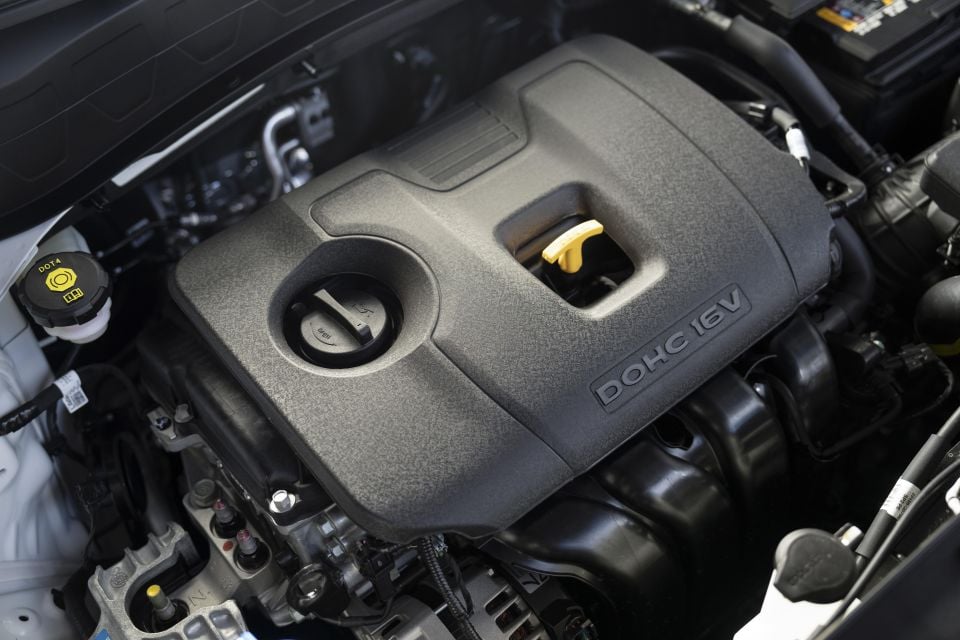
As before, two powertrains are available depending on your variant of choice.
The base option is a 2.0-litre MPi four-cylinder naturally-aspirated petrol running the efficient Atkinson cycle, which drives the front wheels as standard via a continuously variable transmission (CVT). Outputs for this engine are the same as the pre-facelift Seltos, quoted at 110kW (6200rpm) and 180Nm (4500rpm).
Fuel use in the Seltos FWD is rated at 6.9 litres per 100km on the combined ADR cycle. It can run on 91 RON regular unleaded and offers a 50-litre fuel tank.
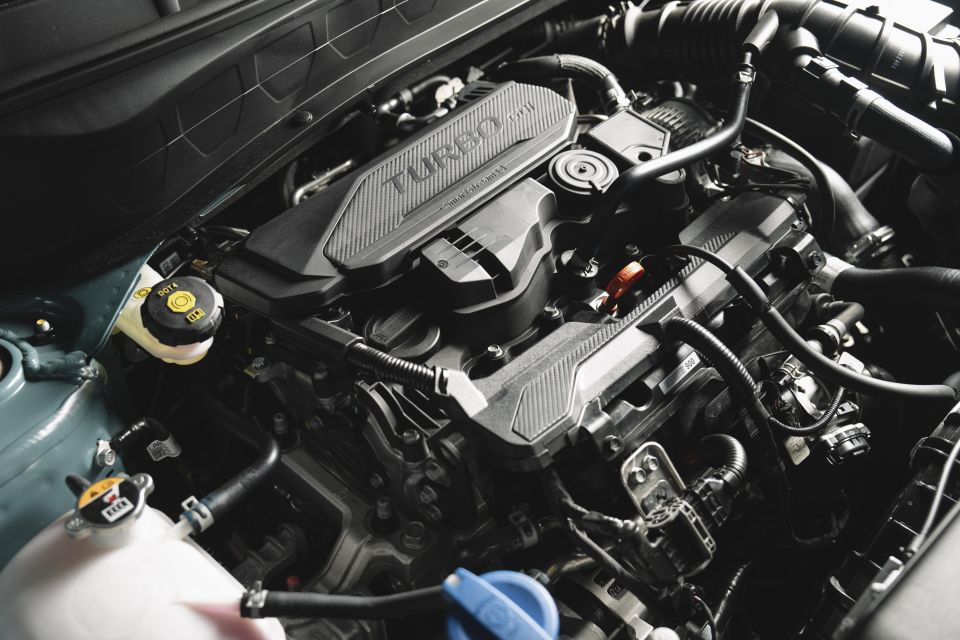
One of the headline changes for the facelifted model is the upgraded Smartstream1.6-litre T-GDi four-cylinder turbo petrol engine available on Sport+ and GT-Line grades, which now gets more power and a new transmission.
Kia quotes outputs of 146kW (6000rpm) and 265Nm (1600-4500rpm), which is up 16kW over the old non-Smartstream unit. Conversely, fuel use is down – quoted at 7.4L/100km on the combined cycle, a 0.2L/100km improvement.
Those outputs are channelled to an on-demand all-wheel drive (AWD) system via a new eight-speed automatic transmission with torque converter, replacing the old seven-speed dual-clutch automatic. Kia confirmed the Seltos’s eight-speeder is a version of the unit used in the larger Sportage and Sorento.
Part of the developments is Hyundai and Kia’s continuously variable valve timing (CVVD) technology, aligning the Seltos with other models in the Hyundai-Kia stable such as the i30 Sedan, Kona and Sportage.
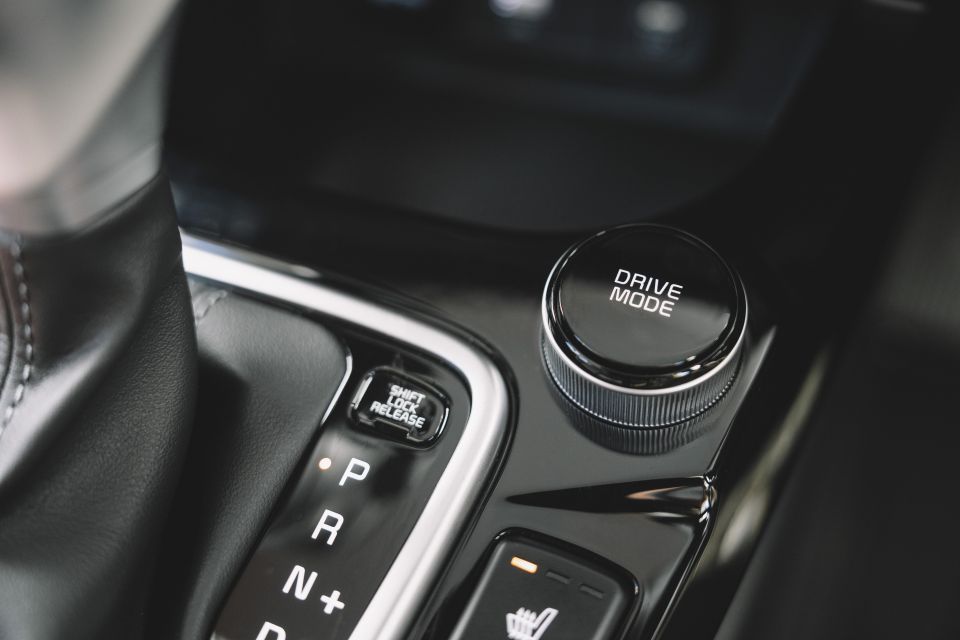
By regulating the duration of valve opening and closing to suit driving conditions, the updated engine can achieve up to a 3.0 per cent improvement in performance as well as a 3.0 per cent improvement in fuel efficiency.
This is reflected in the performance specifications, which Kia detailed during the media presentation. Zero to 100km/h takes 8.4 seconds (-0.1s), while 80-120km/h takes 5.7 seconds (-0.5s). A less relevant metric is top speed, which has increased by 10km/h to 210km/h.
Like the 2.0-litre, Seltos 1.6T AWD models get a 50-litre fuel tank and are rated to run on 91 RON regular unleaded.
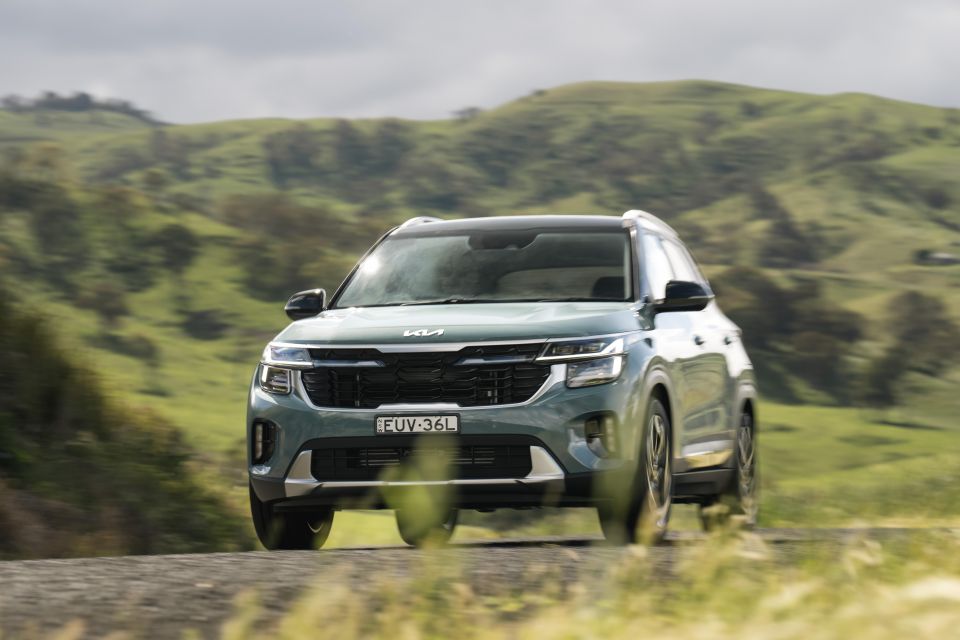
Our launch drive took us from Sydney’s inner suburbs out to Lithgow in the Blue Mountains, over a mix of suburban streets, freeways and highways, as well as winding mountain back roads.
I also travelled to Gerringong and then back to Sydney to attend the Peugeot 308 launch, so I had plenty of wheel time in the Seltos across a range of environments and traffic conditions.
The Kia’s driving characteristics are well-documented, and for the most part this new model upholds its predecessor’s strengths while also making some improvements – particularly in 1.6 T-GDi AWD variants.
Kia Australia even admitted it retained the old model’s locally-developed ride and handling tune, so the overall on-road character is largely the same.

That means the Seltos strikes a nice balance between comfort and engagement across all trim levels. The steering is accurate and lightly weighted for everyday use, while the pliant ride doesn’t come at the expense of handling.
During my trip down to Gerringong in particular, I took the back way through the winding high-speed Abercrombie Road which really demonstrated the Seltos’s impressive body control and cornering abilities. This isn’t a proper corner-carving crossover trying to be a hot hatch, but the Seltos is definitely one of the more connected vehicles in the segment.
Noise, vibration and harshness (NVH) also received attention in this update, and while the pre-facelift model was already good for the class, the new one is more refined again.
Kia says it added more sound-absorbing materials in the floor carpet, door trims, wheel guards and C-pillars to mitigate road noise. As a result, the new Seltos claims to be 0.3dBA quieter with road noise than the old model.
Further, the exhaust system has been retuned for reduced acceleration noise, which contributes to a 1dBA claimed improvement for 2.0 MPi models. In a segment where some rivals can get quite noisy on anything but perfect bitumen, these attributes make the Seltos a good choice if you want a compact SUV that can do the odd road trip.
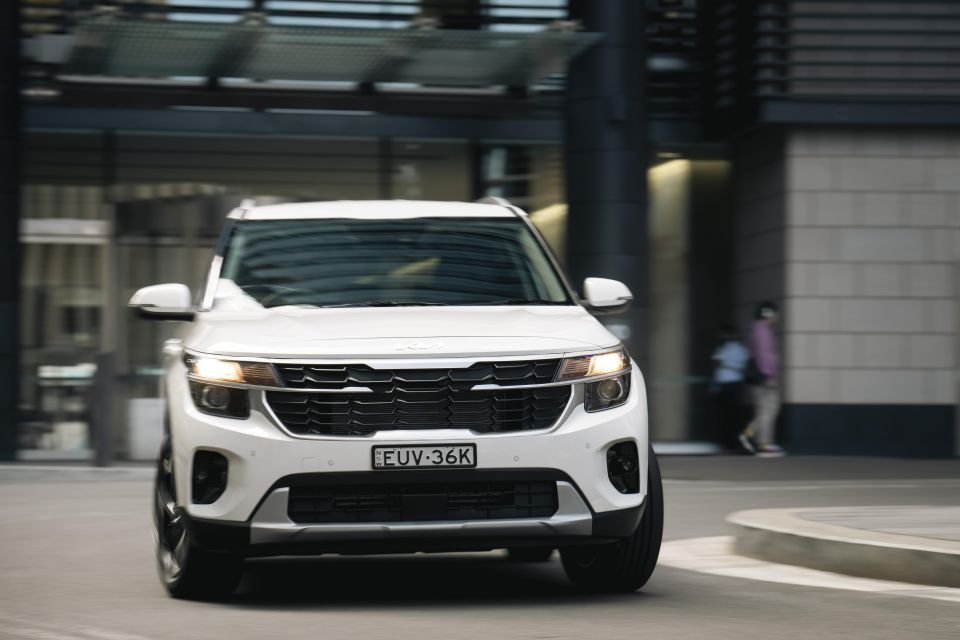
Where expert car reviews meet expert car buying – CarExpert gives you trusted advice, personalised service and real savings on your next new car.
Performance-wise, the 2.0 MPi FWD versions are pretty much unchanged. Keep it sedate and the petrol-CVT combo makes smooth if leisurely progress, though under harder throttle it can get a little noisy.
The base powertrain has long been my pick thanks to its smoothness and refinement in normal driving, and relative efficiency despite lacking idle stop/start technology that’s becoming increasingly common in rivals and useful during high-traffic commutes.
But now, the 1.6 T-GDi AWD could well be the better pick. The new eight-speed auto is a marked improvement over the elastic, sling-shotty old DCT.
It’s smoother and more consistent on upshifts, has more cogs to play with and settles better on the freeway as a result. The revised drivetrain makes the Seltos feel quite grown up, and definitely goes a long way to making up the $3500 premium over the equivalent FWD version.
More torque lower down in the rev range makes the Seltos AWD more sprightly in all scenarios, and it builds pace surprisingly quickly – though it doesn’t sound all that inspiring. Overall it’s now the more rounded option.
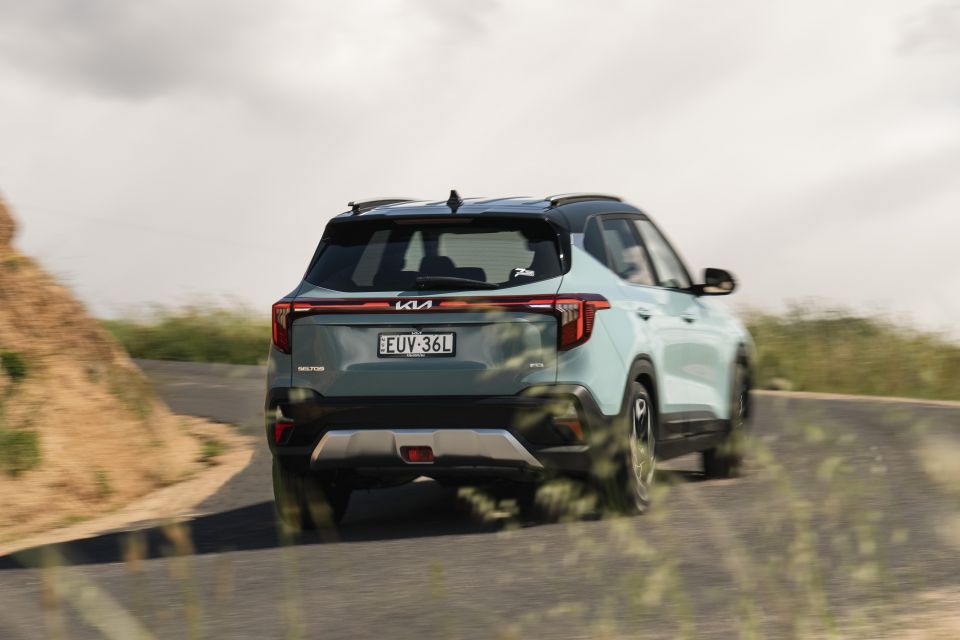
My extended stint in the Seltos Sport+ 1.6 T-GDi AWD was met with a wide array of weather conditions, from sunshine to rain, even snow and a bit of hail (in the middle of November, I know!) on my way to Gerringong.
The surety of all-wheel drive meant there was plenty of grip in adverse weather and some looser surfaces, as well as driving over roads that had plenty of dirt and debris from recent storms and floods. It really inspired a lot of confidence.
It’s a shame there’s no paddle shifters even on the GT-Line to better control shifts yourself, though you can use the gear shifter to do this.
Sport mode was good for the undulating sections of high-speed road through the mountains, holding gears so you don’t get stuck in a torque hole if the terrain changes suddenly.
While the Seltos has an enhanced array of assistance systems at its disposal, some aspects leave a little to be desired.
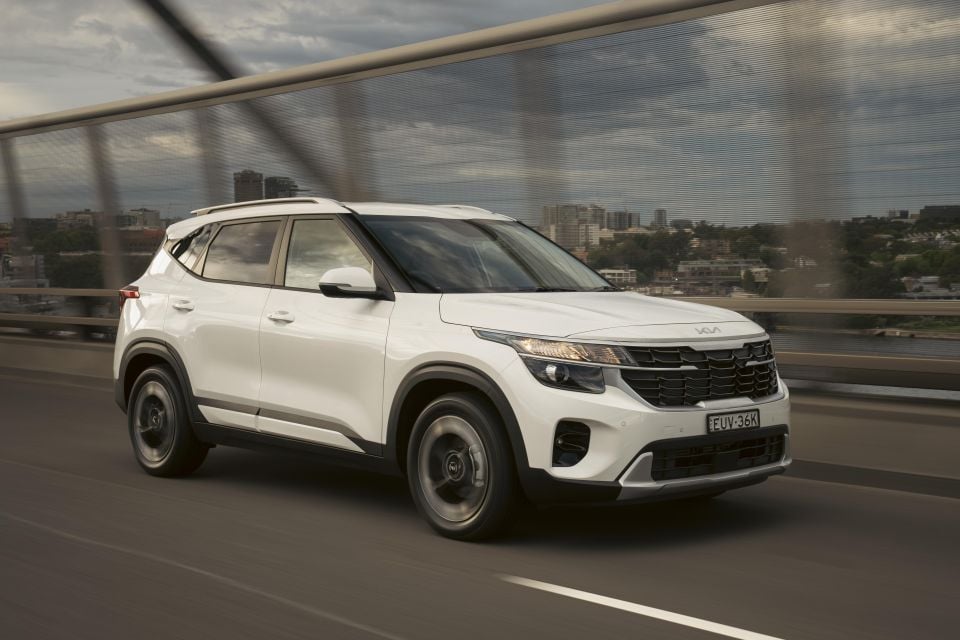
The biggest annoyance is the new Intelligent Speed Limit Assist, which defaults to on and constantly bongs and chimes when the speed limit changes, you go slightly over the speed limit, and if you’re 3km/h over the last detected speed limit – even if it’s missed the most recent chime.
It interrupts your music, phone calls, but most importantly your sanity, to the point where you find yourself diving through the settings menus in the infotainment system to turn it off. Then, you have to do it all over again when you start the car because you can’t keep it off.
The adaptive cruise control worked mostly fine in our Sport+ test car, but at times would be caught well under or well over the set speed on sharper inclines or declines. My main issue with the adaptive cruise feature isn’t its functionality either, it’s the fact you simply cannot get it on the S and Sport grades anymore, even as an option.
Yes, blind-spot assist and rear cross-traffic assist are worthy inclusions, and are perhaps favoured over adaptive cruise control by the Seltos’s target demographic. But when most rivals offer the tech as standard or at minimum an option from the base level, it’s a shame that you’ll now need to stump for at least the Sport+ to get it now that Kia Australia has done away with the Safety Pack option.
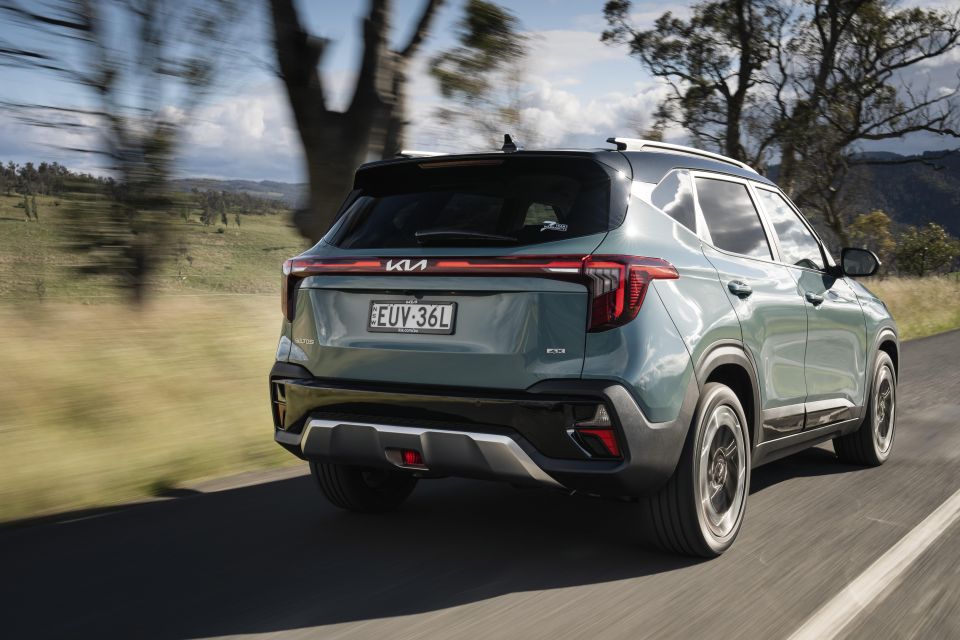
Can we also talk about all but the GT-Line getting halogen headlights?
It’s really frustrating that you need to spend upwards of $40,000 to get a Kia Seltos with decent lighting.
The base halogen units are pretty average, as demonstrated by our headlight comparison, and they just look cheap too – surely it’s not that much more money to get the LED lighting units across the range Kia?
Anyway, at least there’s standard dusk-sensing and auto high-beam. But, windscreen wipers are only automatic on the GT-Line – again, WHY?
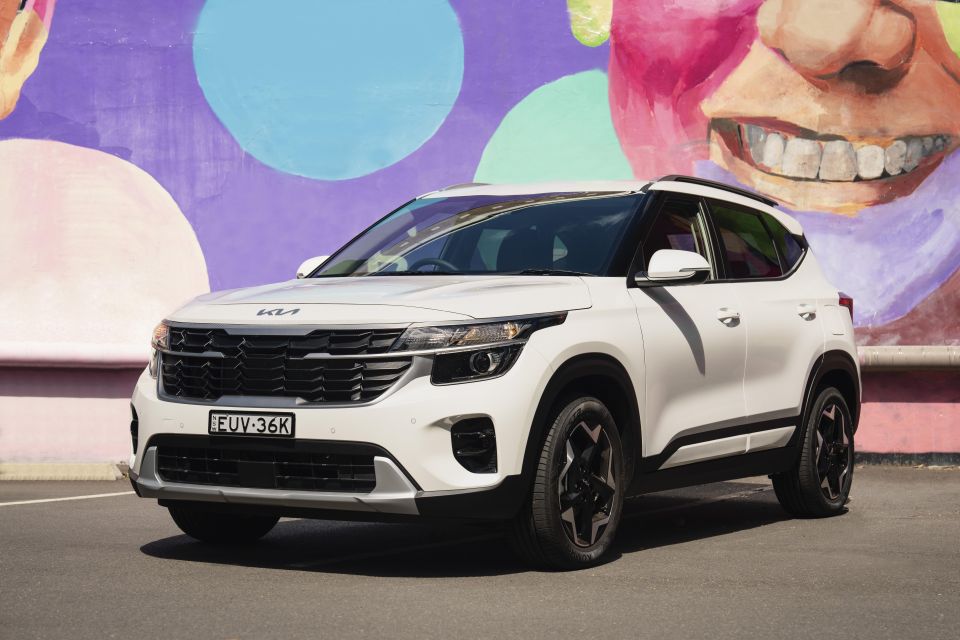
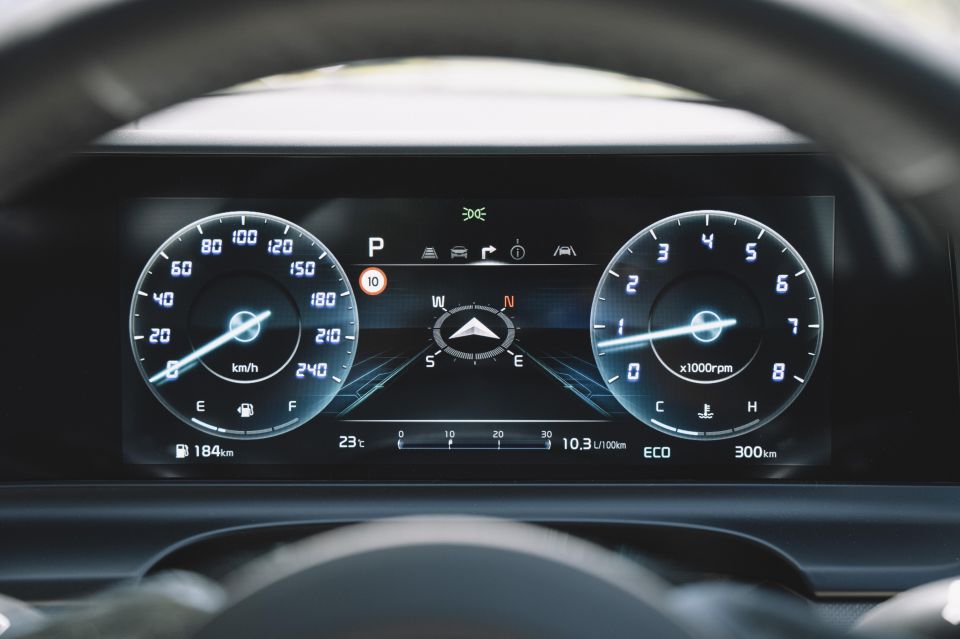
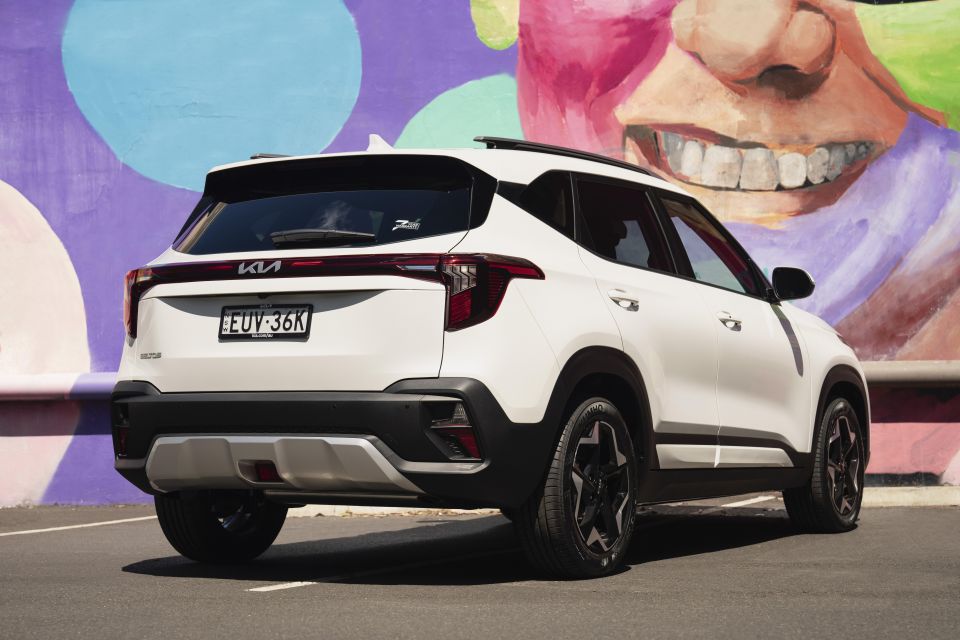

Seltos S highlights:
Seltos Sport adds:

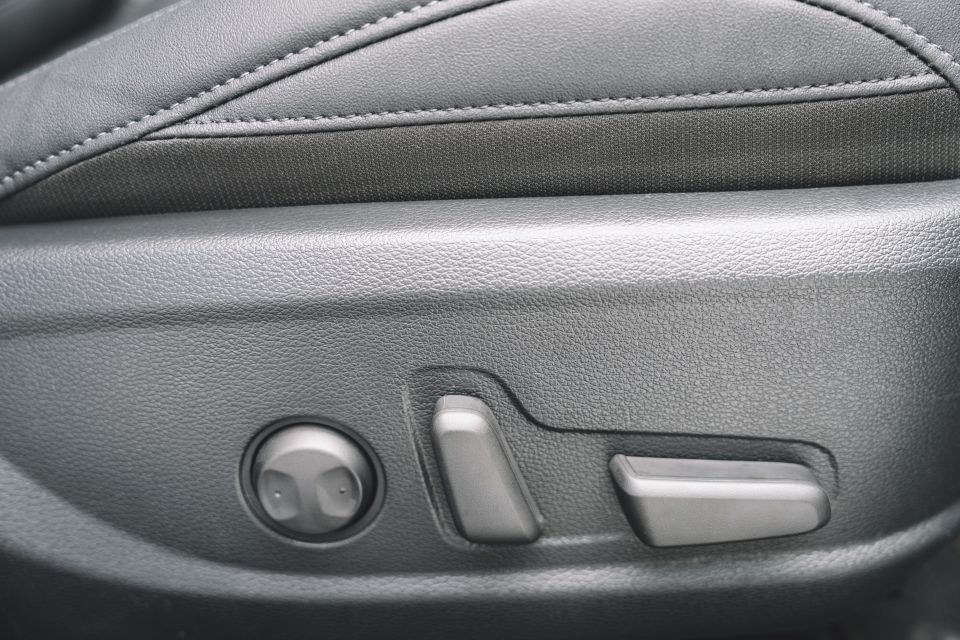
Seltos Sport+ adds:
Seltos GT-Line adds:

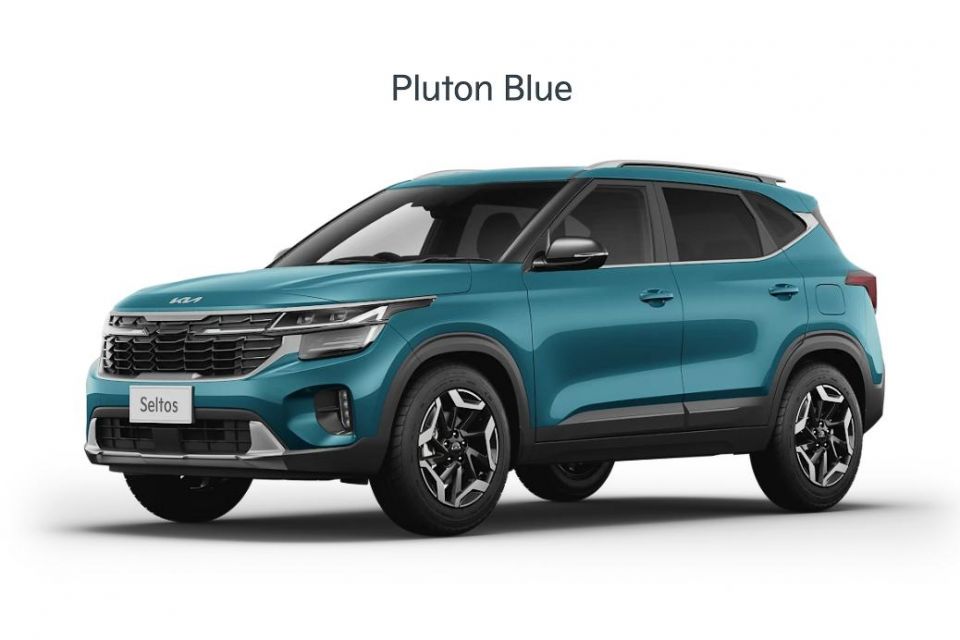


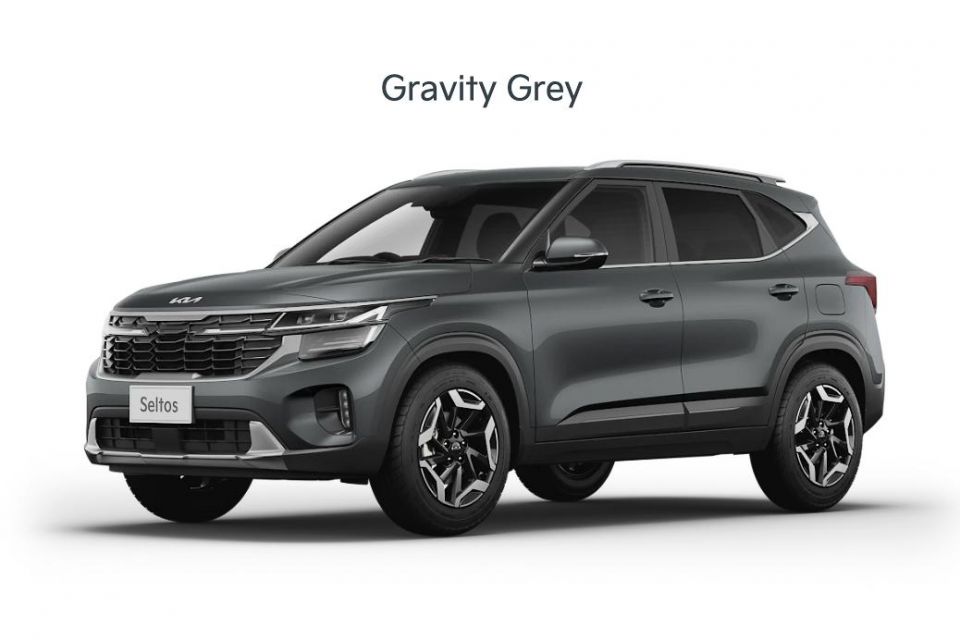
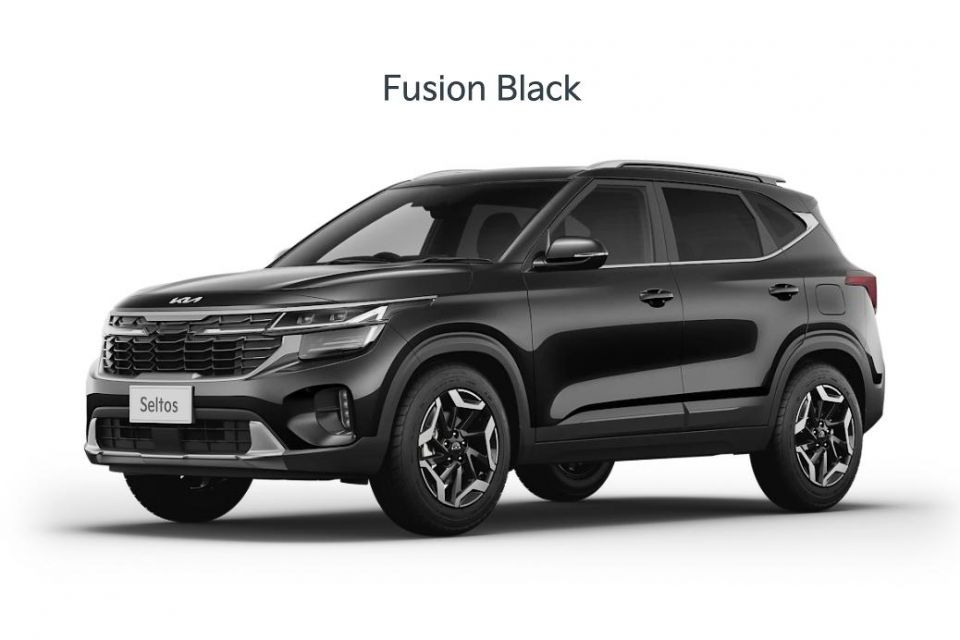
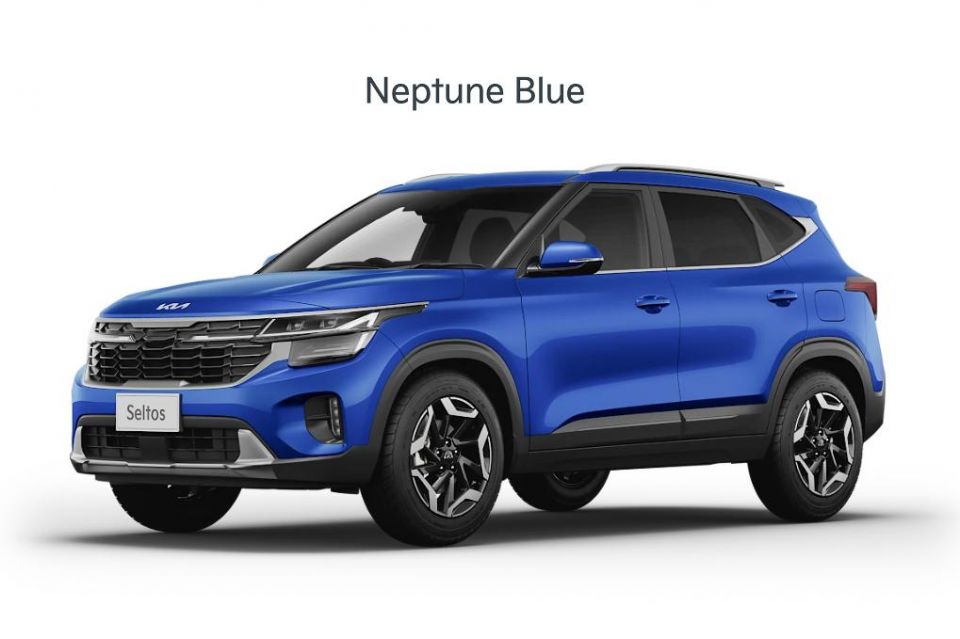
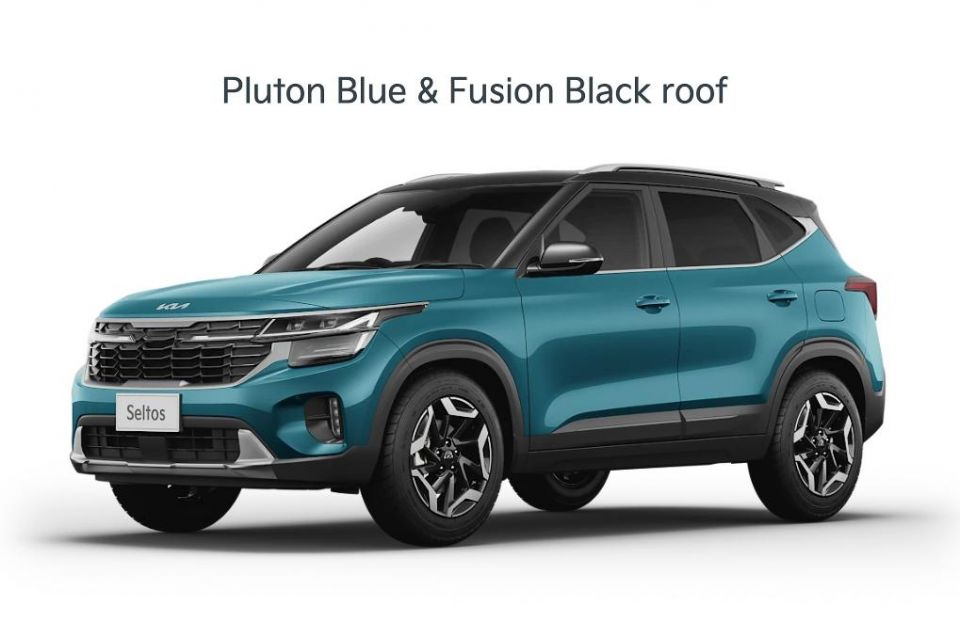
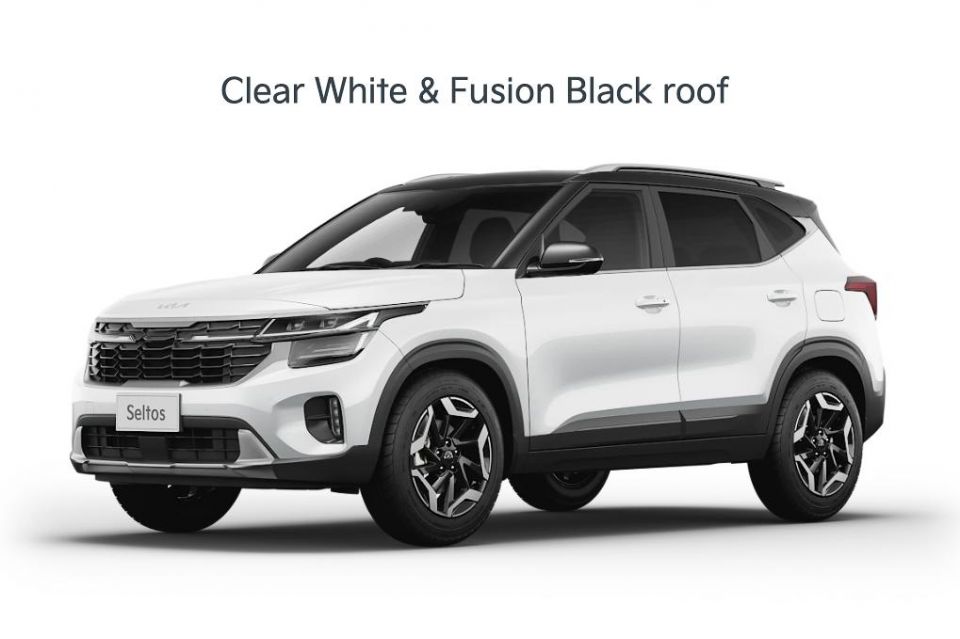
*Premium paint costs $520 extra ^Two-tone roof removes sunroof; GT-Line only
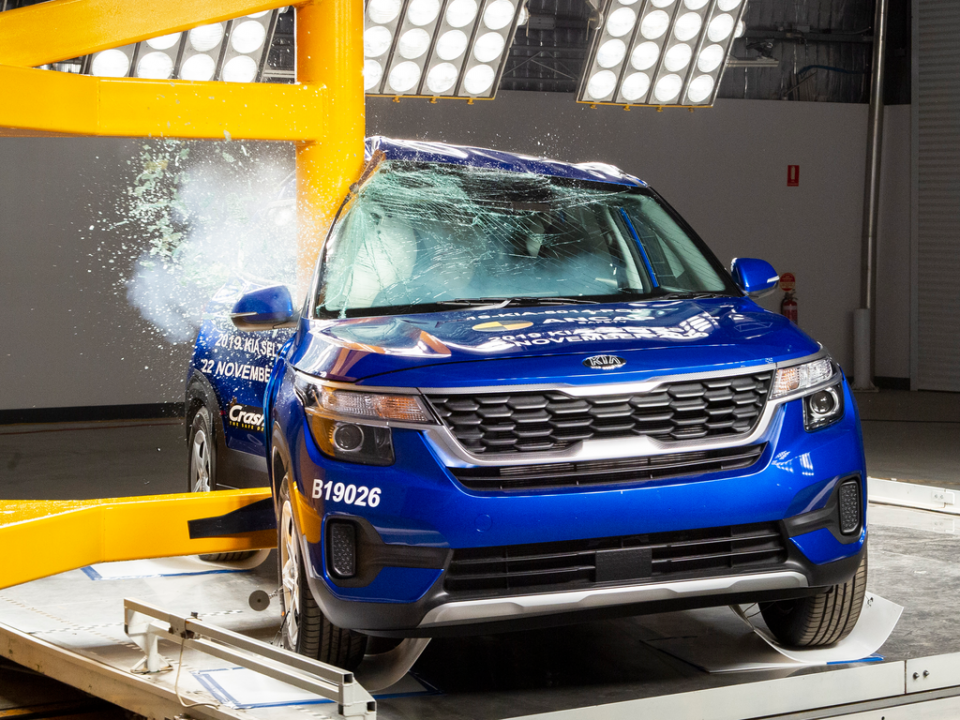
The Seltos wears a five-star ANCAP safety rating based off tests conducted on the pre-facelift model in 2019.
It received an adult occupant protection score of 85 per cent, child occupant protection score of 83 per cent, vulnerable road user protection score of 61 per cent, and a safety assist score of 70 per cent.
Standard safety features include:
Seltos Sport adds:
Seltos Sport+ adds:
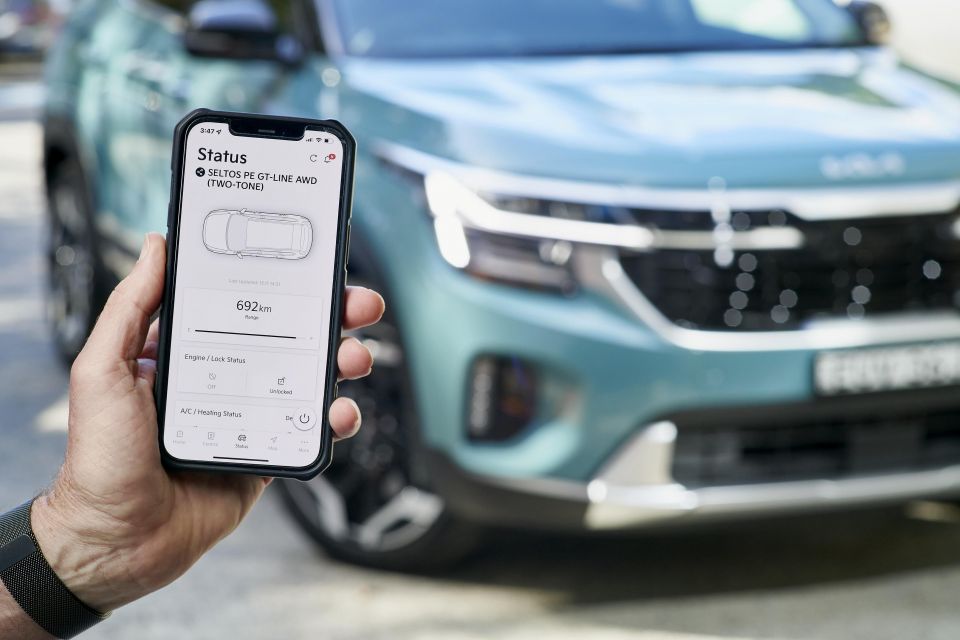
The Seltos continues to be covered by Kia’s seven-year, unlimited-kilometre warranty with capped-price servicing for the same period and roadside assistance for up to right years. Kia Connect is complementary for seven years also.
Kia will also give you free map updates for your satellite navigation system (where applicable) for up to 10 years,
Scheduled maintenance is required every 12 months or 15,000km for the 2.0 MPi, or slightly shorter 10,000km intervals for the 1.6 T-GDi. Kia Australia says it’s global policy for its turbo models to have shorter intervals.
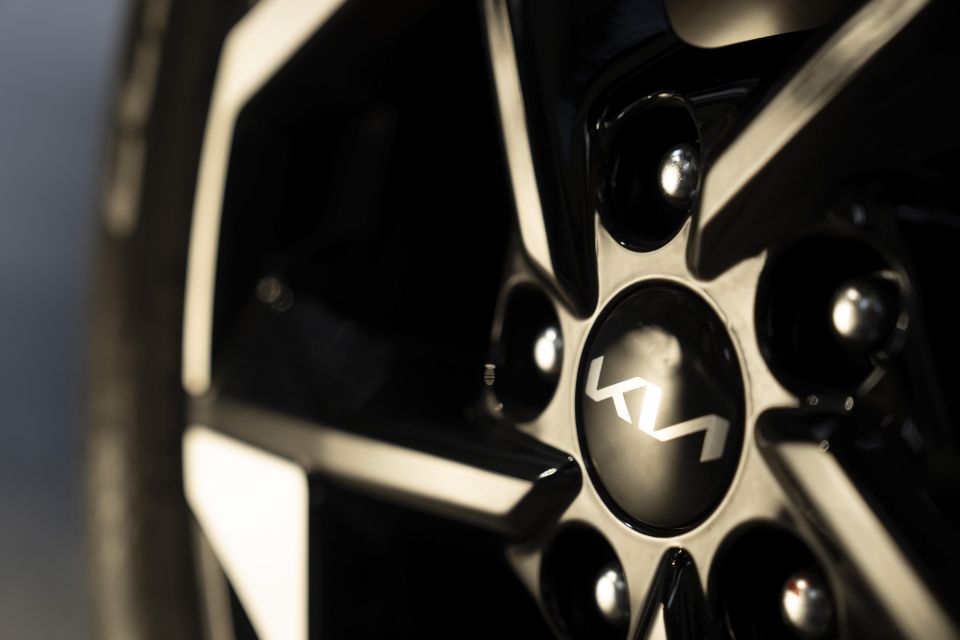
The Seltos 2.0 MPi will set you back $288, $494, $352, $614, $324, $624 and $344 for the first seven visits ($3040), while the 1.6 T-GDi costs $308, $500, $373, $651, $346, $630 and $671 ($3479). Both cost just over $2000 over five years, which is competitive with most brands other than Honda and Toyota.
We weren’t able to accurately gauge real-world fuel economy given the nature of the routes driven, but we did see 5.5-6.0L/100km on extended, flat freeway sections and 8-9L/100km in town and through some of the hilly, more spirited sections in both engine variants. Could be better, but could be worse.
Stay tuned for a more accurate reading once we get the Seltos through the CarExpert garage.
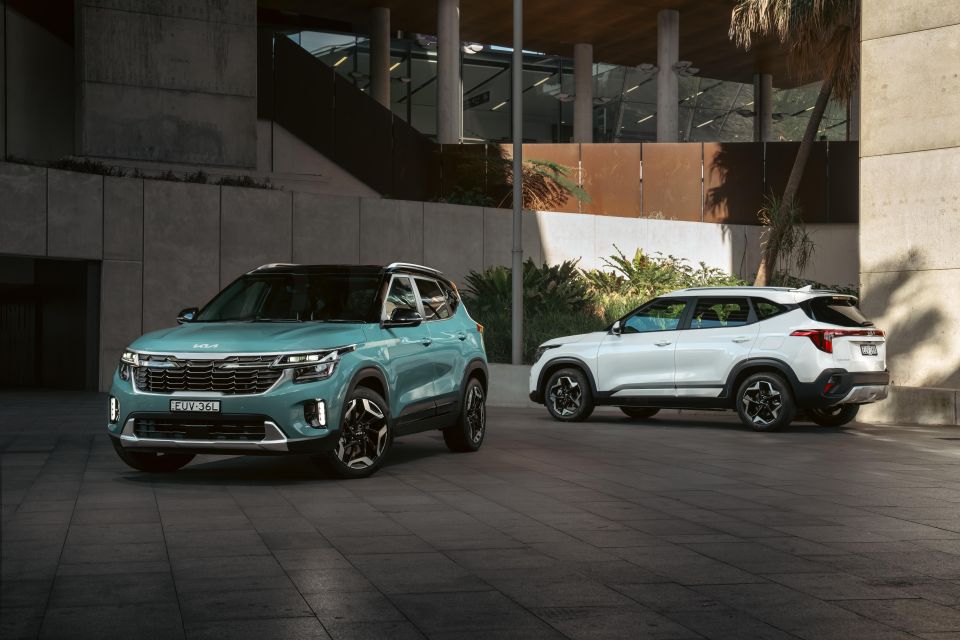
The Seltos remains one of the picks of the small SUV segment, and despite industry trends the updated range hasn’t been met with sharp price increases to go with the more fulsome specification list across the line-up.
As before, the Seltos is one of the more practical vehicles in its class, blending its load-lugging capabilities with polished on-road manners that even add a dash of enthusiasm. The new digital displays available across most of the range really move the cabin upmarket, and the range of Kia Connect services are also somewhat unique at this end of the market.
Models with the turbocharged engine and all-wheel drive are more worthy of consideration than ever, thanks to the extra grunt on offer as well as the excellent new transmission. Kia’s CVVD engine tech also means it’s more efficient than the old one, too.
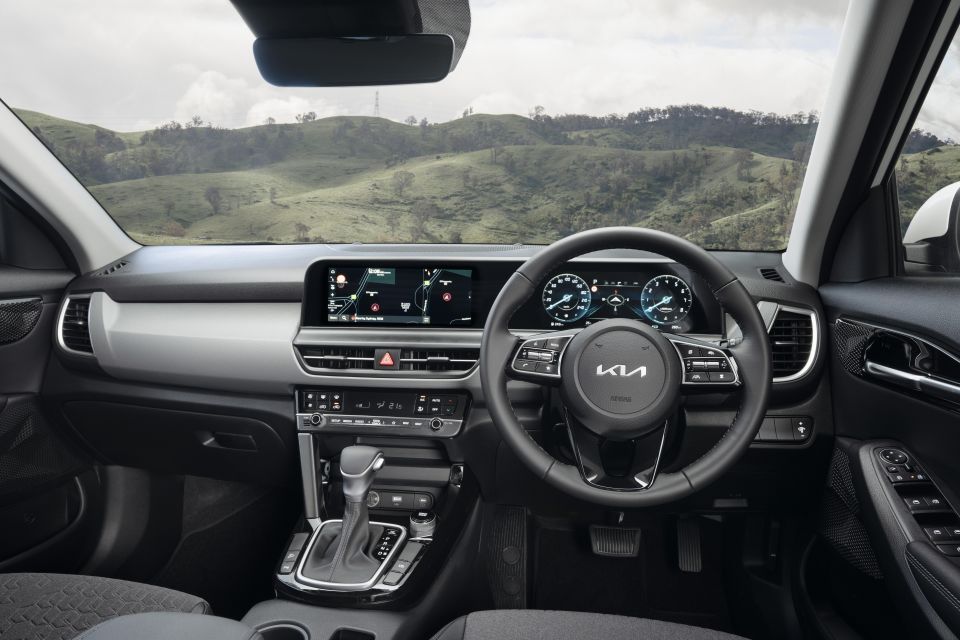
But that’s not to say there aren’t still drawbacks.
LED lighting continues to be reserved for the flagship GT-Line which compared to rivals is a bit behind the times, the Intelligent Speed Limit Assist comes off more annoying and dim-witted, and features available in South Korea like the 360-degree camera system, rotary shift-by-wire dial and extended range of exterior and interior options remain off the table for the Australian market.
We’d also like to see Kia take initiative and offer fuel-saving technologies like idle stop/start despite the absence of Australian fuel standards and emissions regulations, while the unavailability of adaptive cruise control until the Sport+ grade now that the Safety Pack is no longer an option on lower grades is another head-scratcher.
That said, few rivals offer such a well-rounded package for a broad range of demographics, and the Seltos will no doubt appeal to the young, old, single, coupled and kid-laden Australian public alike.
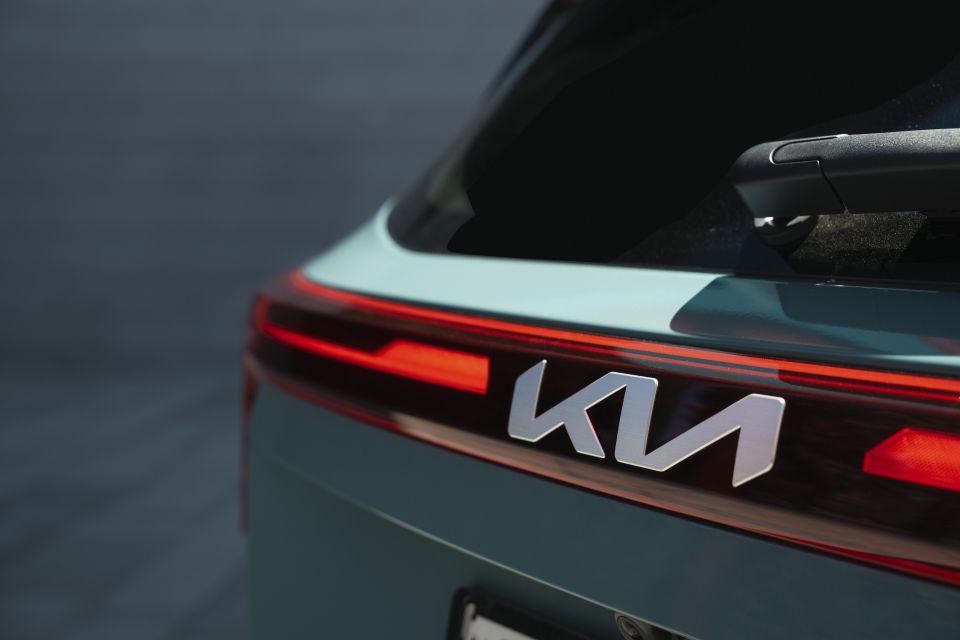
Click the images for the full gallery
MORE: Everything Kia Seltos
Where expert car reviews meet expert car buying – CarExpert gives you trusted advice, personalised service and real savings on your next new car.
James Wong is an automotive journalist and former PR consultant, recognised among Australia’s most prolific motoring writers.


Ben Zachariah
14 Hours Ago


Max Davies
15 Hours Ago


Damion Smy
1 Day Ago


Max Davies
3 Days Ago
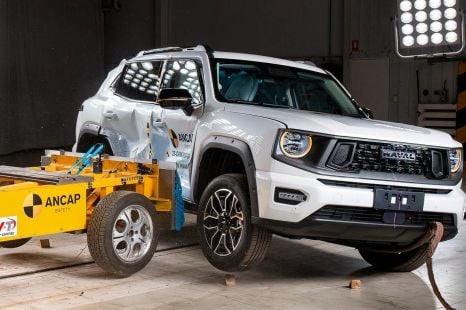

James Wong
4 Days Ago


CarExpert.com.au
12 Days Ago